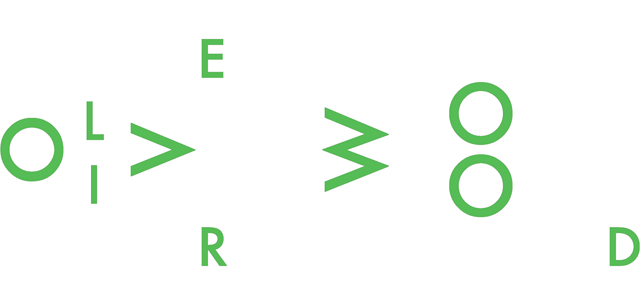BECHER, Bernhard and Hilla. Anonyme Skulpturen. Eine Typologie technischer Bauten. Dusseldorf: Art-Press Verlag, 1970.
is on back order
BECHER, Bernhard and Hilla.
Anonyme Skulpturen. Eine Typologie technischer Bauten.
Dusseldorf: Art-Press Verlag, 1970.
4to (279 × 219 mm), pp.[216]. 196 black-and-white photographs. Text in German, English and French. Plain endpapers. Blue cloth-covered boards, spine and upper side lettered in white. Black-and-white photo-illustrated dust-jacket, white, text in black. Publisher’s card slipcase. Fine.
First edition, a fine, unread, and essentially as new copy of Bernd and Hilla Becher’s seminal first book. The publication of Anonyme Skulpturen (Anonymous Sculptures) led to their work occupying a pivotal place at the intersection of photography, architecture, and art writes David Campany. ‘Its reception as art was part of a complex re-embracing of the typological series by a culture fraught with suspicion about utopian rationality. In such a setting, these cool photographic studies associated the documentary image less with the older ‘new sobrieties’ of the 1920s and ‘30s that they clearly echoed, than with the newer ambivalence of Minimalist sculpture and Conceptual Art.’
These photographs show industrial structures such as lime kilns, cooling towers, blast furnaces, winding towers, water towers, gas holders and silos. They were taken in Great Britain, Wales, France, Belgium, Holland, and Germany between 1961 and 1970. The book is divided into seven chapters each introduced with a short text detailing the function of the buildings pictured. Each is photographed in the same direct way on an overcast day and captioned with the same information: type, date built, location, and date photographed.
‘In this book we show objects predominantly instrumental in character, whose shapes are the result of calculation and whose processes of development are optically evident. They are generally buildings where anonymity is accepted to be the style. Their peculiarities originate not in spite of, but because of the lack of design.’
While copies of this landmark book have become more available over recent years, copies in this condition, and with the slipcase, remain scarce.
The Book of 101 Books: Seminal Photographic Books of the Twentieth Century pp.194-5; The Open Book pp.258-9; The Photobook: A History vol.II p.266; 802 photo books from the Auer collection p.518; Campany, D., ‘Architecture as Photography: document, publicity, commentary, art’. In: Constructing Worlds: Photography and Architecture in the Modern Age.



